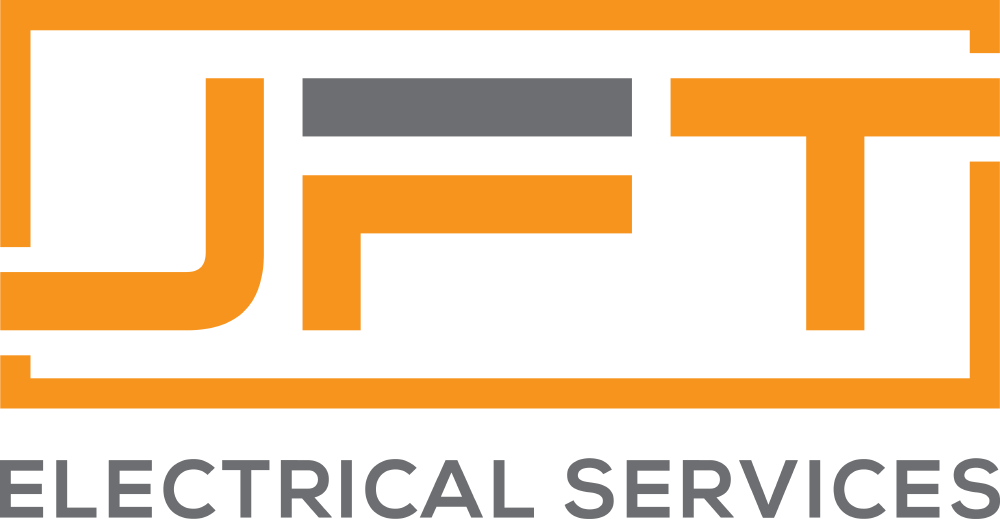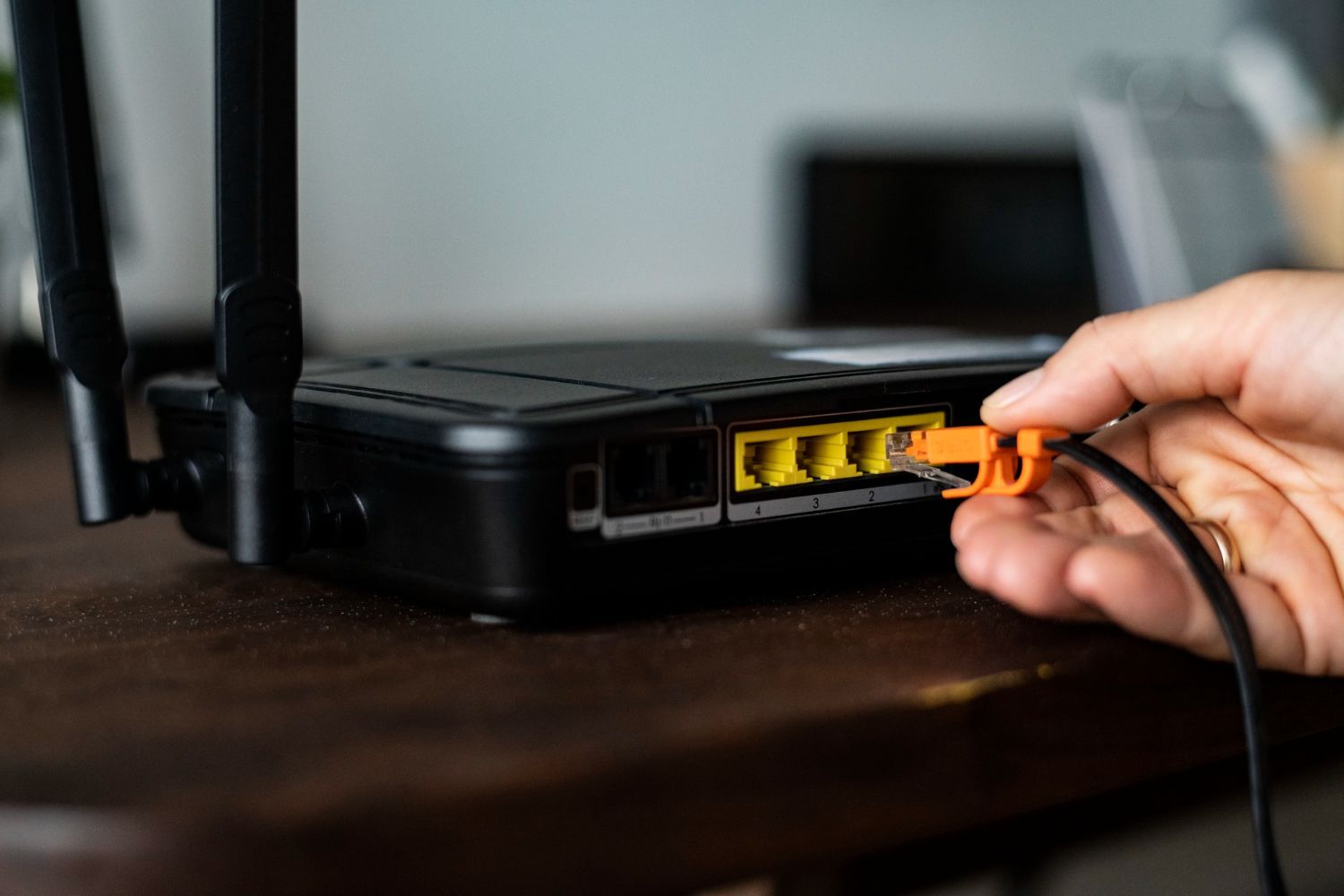Top Benefits of Structured Cabling for Your Business
SHARE POSTS:
Efficient and reliable telecommunication infrastructure is a cornerstone for business success. Structured cabling provides a streamlined and organised approach to your network's setup, drastically improving day-to-day operations and laying a foundation for future growth. Unlike traditional wiring, structured cabling systems bring clarity and efficiency, supporting versatile connectivity needs while minimising clutter.
Structured cabling solves many of the common headaches associated with disorganised and outdated network setups. By investing in a robust cabling infrastructure, businesses can significantly improve their operational efficiency, reduce costs, and future-proof their technology environments. Explore how structured cabling can be a game changer for your business’s connectivity and operational flow.
Improving Business Efficiency with Structured Cabling
Structured cabling plays a significant role in elevating business efficiency. By organising and simplifying the network infrastructure, it eliminates the complexities associated with traditional cabling systems. With structured cabling, we create an orderly environment that allows for seamless transmission of data, reducing the likelihood of disruptions and improving overall communication within the organisation.
Moreover, structured cabling supports a wide range of applications, enabling you to connect multiple devices and systems without experiencing performance issues. This unified approach enhances the speed and reliability of your network, ensuring that all business operations run smoothly. When productivity increases, so does the potential for growth, making structured cabling a smart investment for any business aiming to optimise its performance.
The Key Components of an Effective Structured Cabling System
Creating an effective structured cabling system involves several critical components, each serving a unique purpose in maintaining a robust network. One of the primary components is the backbone cabling, which establishes the core connections between different sections and floors of a building. This backbone ensures that high-speed communication is maintained across the entire infrastructure.
Horizontal cabling constitutes another essential part of the system, connecting end-user devices to the main network. This component includes cables, connectors, and patch panels that ensure reliable data transmission from workstations to the data centre. Cable management systems, like trays and racks, are also crucial as they organise and protect the cables, preventing tangling and damage.
An effective structured cabling system also incorporates patch panels that facilitate easy changes and upgrades. Lastly, the telecommunications rooms or server rooms must be well-organised with data racks and network switches, enabling efficient management and troubleshooting of the network.
Ensuring these components are well-planned and correctly installed leads to a structured cabling system that supports your business's current needs and future growth, providing a scalable and flexible infrastructure that adapts to evolving technological demands.
Cost-Effectiveness and Scalability of Structured Cabling
Structured cabling systems are highly cost-effective when it comes to managing and maintaining a network infrastructure. By utilising a standardised cabling system, we reduce the need for costly re-cabling and extensive network changes whenever there are upgrades or expansions. This organised approach leads to lower installation and maintenance costs, providing a better return on investment compared to traditional wiring systems.
Scalability is another significant advantage of structured cabling. This feature allows businesses to add new devices and technologies with minimal disruption. Future-proofing your operations becomes much easier, as the system can be reliably expanded to accommodate growth. Structured cabling is designed to handle high bandwidth, ensuring you are prepared to meet future technological demands without the need for a complete overhaul.
Future-Proofing Your Business with Structured Cabling Solutions
Preparing your business for future technological advancements is crucial, and structured cabling provides the perfect solution. By investing in a flexible and scalable infrastructure, we ensure that your network can easily adapt to emerging technologies and increased data demands. This adaptability allows you to integrate new systems seamlessly, keeping your business at the forefront of innovation.
Structured cabling also enhances the longevity of your network infrastructure. High-quality cables and components are built to last, providing a stable and reliable connection over the years. This durability means fewer disruptions and longer intervals between necessary upgrades, saving time and resources in the long run.
A future-proof structured cabling system also means enhanced security and compliance. As technology evolves, so do security threats and regulatory requirements. Having a robust cabling infrastructure enables your business to implement the latest security protocols and stay compliant with industry standards.
Conclusion
Structured cabling offers numerous benefits that can significantly enhance the efficiency, cost-effectiveness, and scalability of your business's network infrastructure. As we've explored, these systems are designed to streamline operations, support a broad range of applications, and easily adapt to future technological advancements. By investing in structured cabling, you lay a solid foundation for uninterrupted growth and innovation.
If you are ready to future-proof your business with a robust, scalable, and efficient cabling system, consider reaching out to JFT Electrical Services. Our
electricians in Frankston North have the expertise to design and install structured cabling solutions tailored to your specific needs. Let us help you create a network infrastructure that supports your business's success today and well into the future!
RECENT POSTS:



